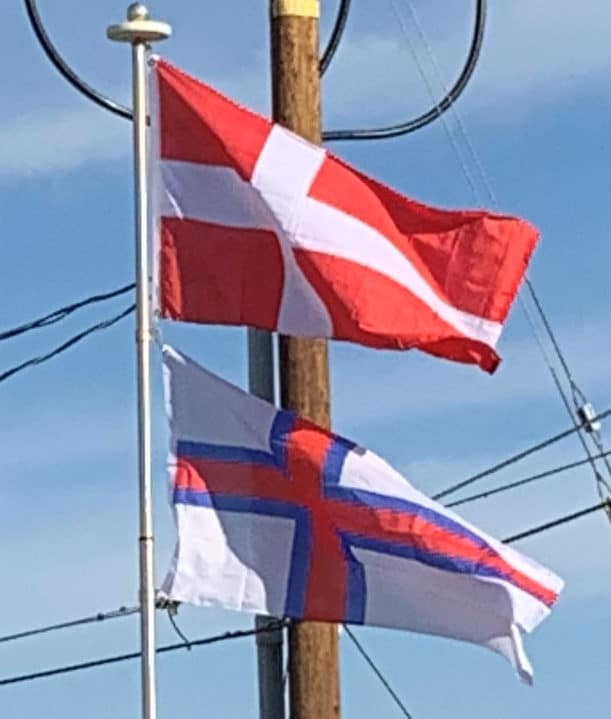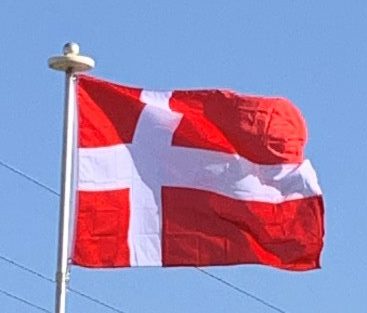Faroe Islands
The modern Faroese flag was devised in 1919 by Jens Oliver Lisberg and others while they were studying in Copenhagen. The first time Merkið was raised in the Faroe Islands was on 22 June that year in Fámjin on the occasion of a wedding. On 25 April, 1940, the British occupation government approved the flag for use by Faroese vessels, during the tenure of Carl Aage Hilbert as Danish prefect. Britain did not want the same flag as German-occupied Denmark to be used. April 25 is still celebrated as Flaggdagur and it is a national holiday. With the Home Rule Act of 23 March, 1948, the flag was recognized by the Danish Government as the national flag of the Faroes. The original flag is displayed in the church of Fámjin in Suðuroy.

